Last weekend, we went with our friends Dave and Dominique to take a river cruise down the Rhine River.
On the Rhine in the summer there is a large festival called the Rhine in Flames. This is where a number of the towns along the Rhine put on fireworks displays the same evening. Well, it has become so popular that at least one company (the one we went with) offers a smaller version of the same concept.
So, we drove up the road to the town of Saint Goar where we boarded the boat. These next couple images are the views from a little cafe where we waited for the boat and had a snack.
The castle in the background is Burg Maus (or Mouse Castle).
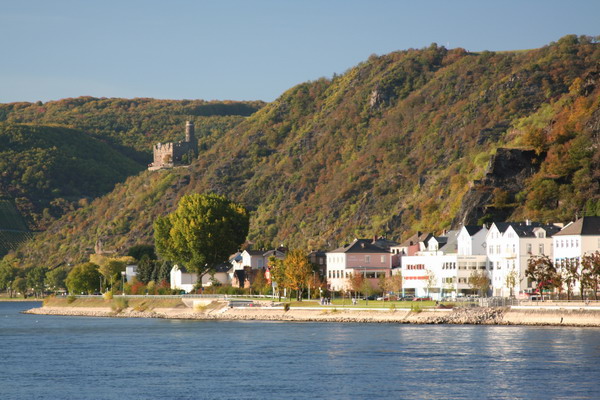
Interestingly, this castle is called Burg Katz … or the Cat Castle. This is due to the fact that the Katzenelnbogen family are the owners of the castle. It is also the reason that its neighbor is called the Mouse Castle.
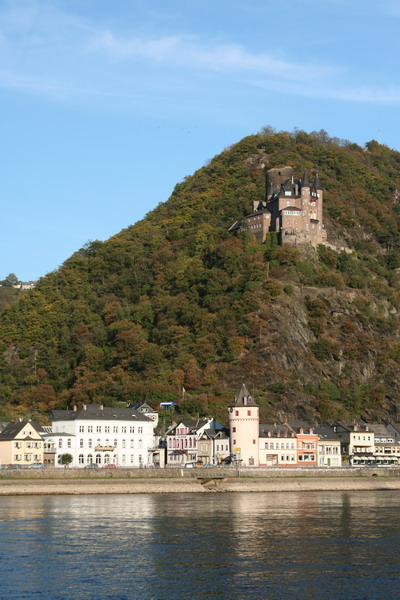
The cruise itself was quite enjoyable. The boat was packed with people. The four of us found our seats and a new friend, Susan. She was traveling with a group of Americans through Germany. Also, there was a musician playing a variety of music. It was fun to sing along to the German music. Well, ok, it was more like watch everyone else sing and we just got swept away with the jubilation.
When we reached the beautiful little town of Bachrach, we disembarked for a delightful stroll and dinner in this town of 1,000 people.
As you can see, I had a little fun with longer photo exposures.
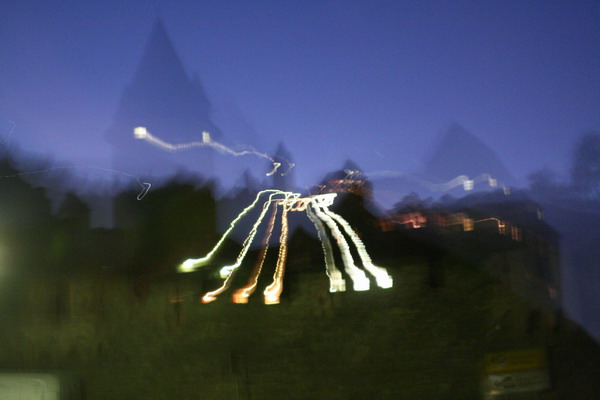
After dinner, we got back on the boat to watch the “Rhine in Flames” firework show. Perhaps a bit underwhelming, but nice nonetheless.
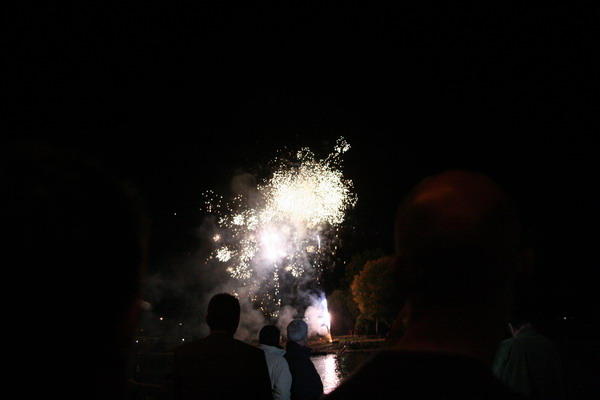
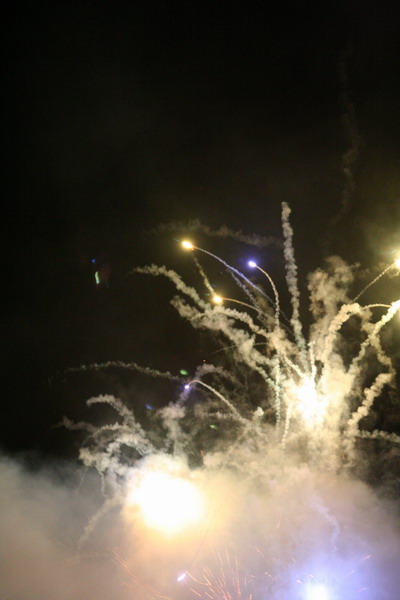
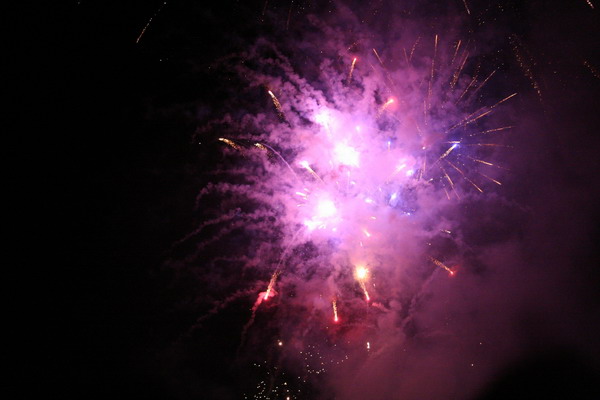
Eventually, we made it back to St. Goar and Burg Katz.
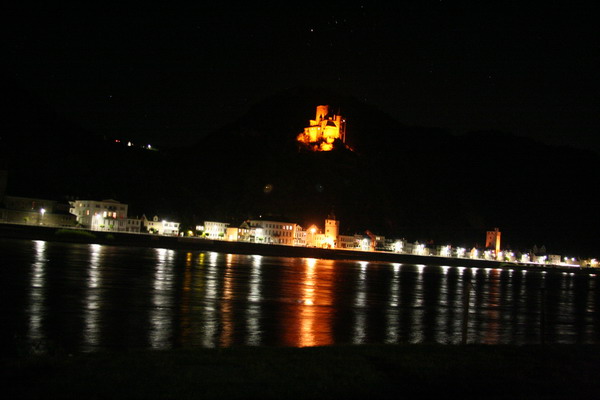
Another long exposure image.
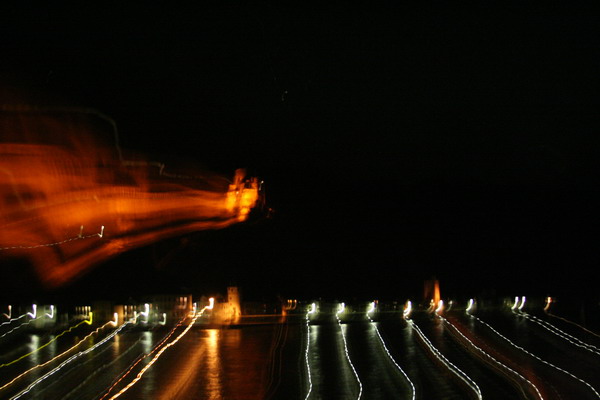
So, that concluded our (short) trip down the Rhine with all its castles and ruins. Although we are still preferential to the Mosel River, it was very pretty and we can’t wait to go back and explore further.
So, until the next adventure…
–Jim
Month: October 2007
Bruges
OK, in my rush to get the Paris post out, I skipped a very enjoyable tour of Belgium with our friends Dave and Dominique a couple weeks ago. However, here are a few pictures from the stop in Bruges.
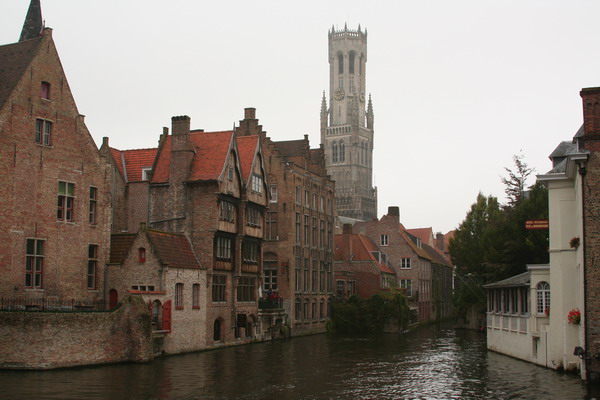
This is Dominique in the main square. As you can tell, Dave took this (and the next couple) pictures. For those who have traveled with us before, can you guess what I am doing here?
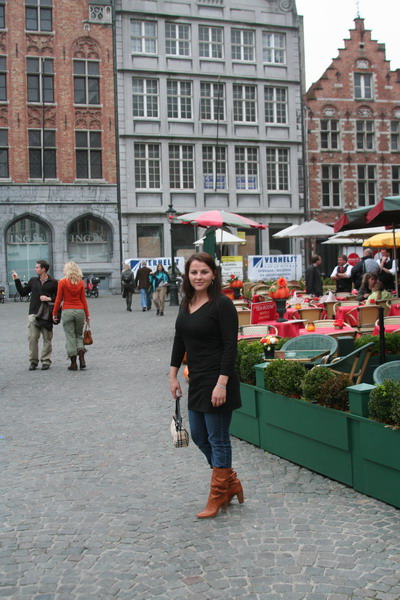
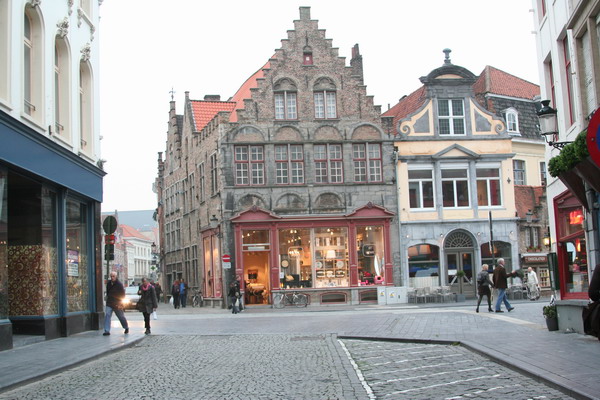
We have really come to appreciate Belgian chocolate. This is the inside of our favorite chocolatier, Dumon.
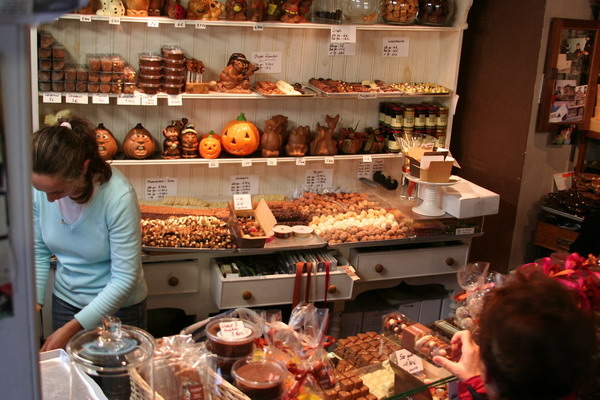
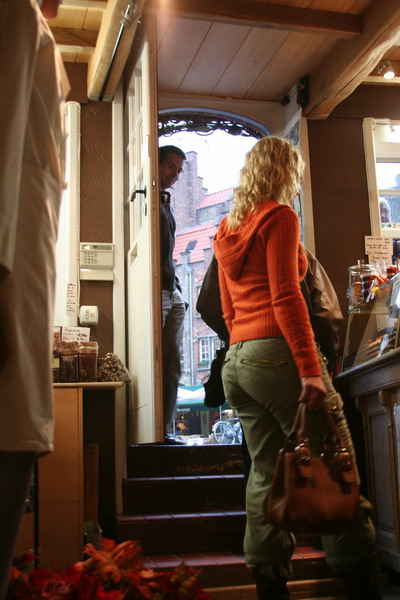
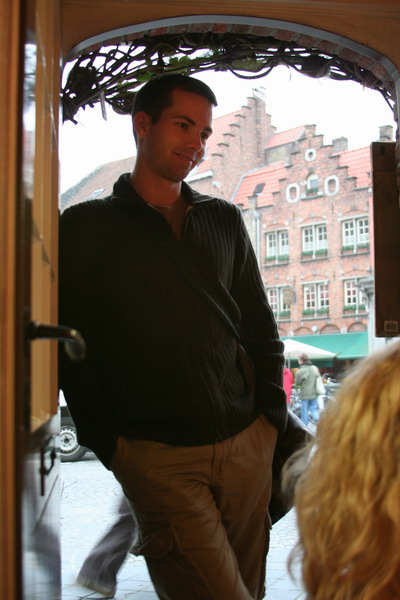
The next couple are from our walk through the town after dinner.
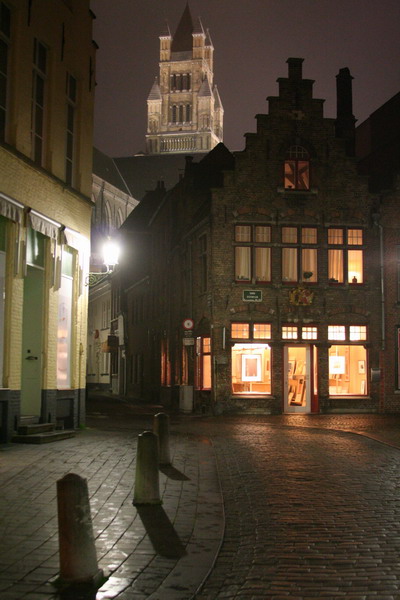
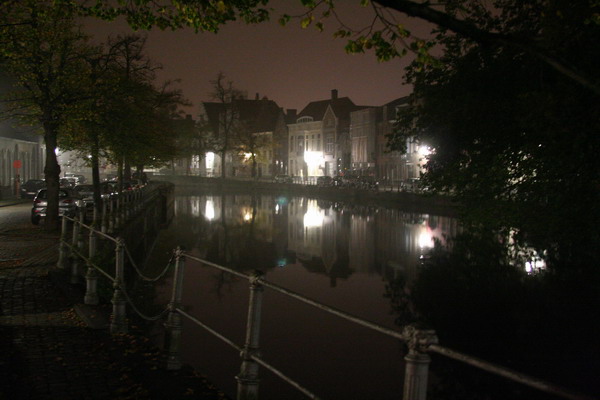
This final image is from the Church of Our Lady. This is the sculpture “Madonna with Child” by Michelangelo. I know I posted one like it on the last Bruges post, but I liked this image anyway.
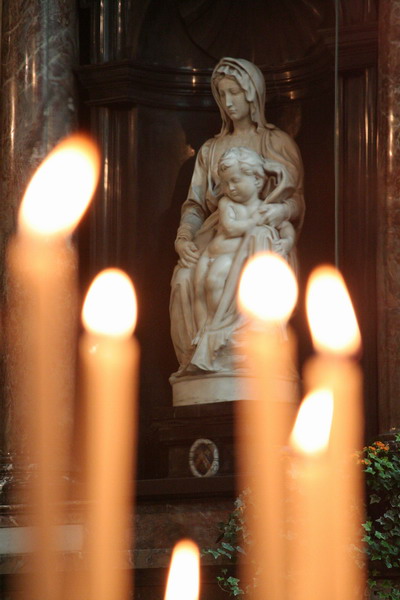
So, although we wish we could have spent a lot longer touring around, it was a great time.
The next post will have a few images from last weekend’s trip down the Rhine. So, until then.
–Jim
Encore, Paris!
Hmmm… Paris. What to say??
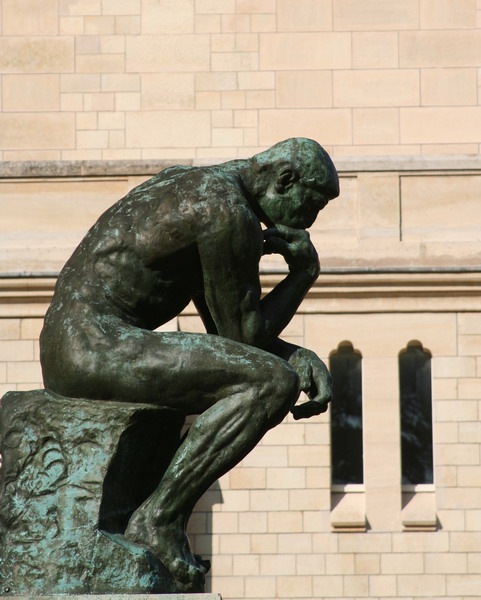
We just had a wonderful time in Paris, again. It’s still my favorite city to visit in the world.
We chose to focus on museums this visit. We even hit a few for a second time. As you can tell, these images come from the Rodin Museum. We loved his bronze work. It’s so easy to feel the emotion and understand why he’s the most acclaimed artist since Michelangelo.
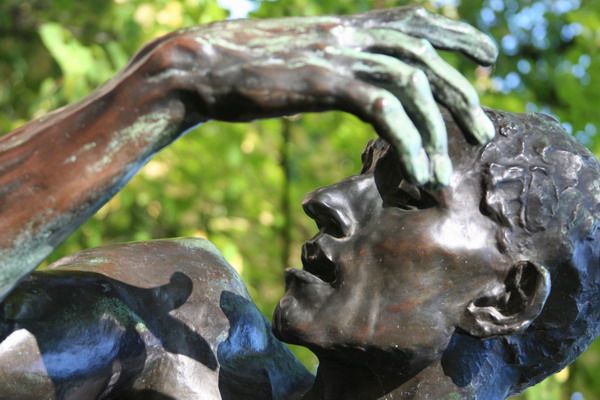
We also visited the Musee d’Orsay. If you’re not familiar with this
spectacular gallery, it’s a train station built at the turn of the 20th century that was turned into a museum to pick up in art history where the Louvre left off, Impressionism. It’s a great venue and a work of art in itself.
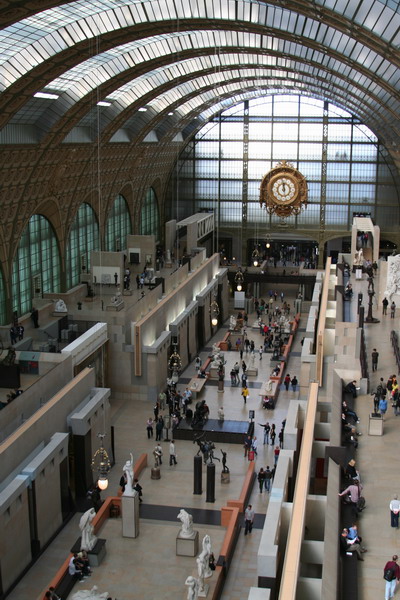
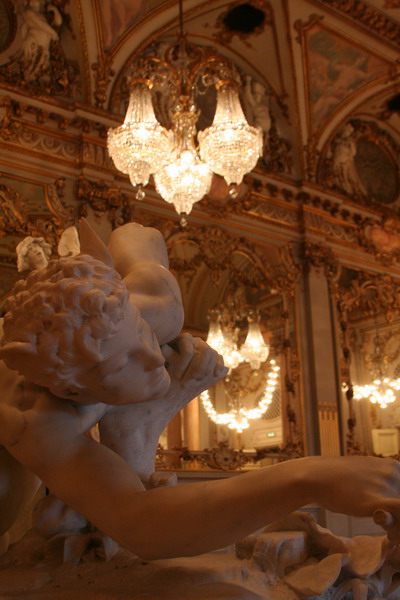
Through the clock is Sacre Coeur.
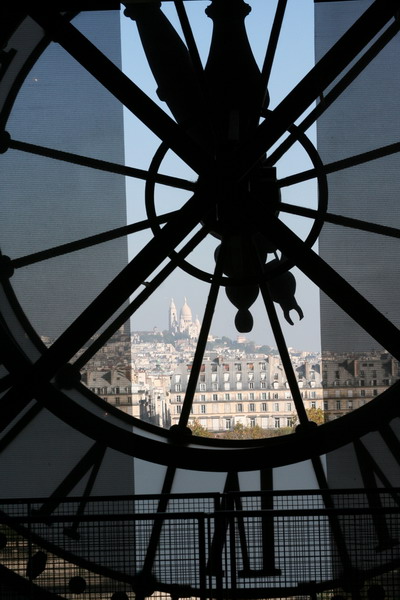
We also visited the magnificent Chateau de Versailles. What began as a hunting lodge in 1624, became the full time home of the French Sun King, Louis XIV in 1682. His heirs, Louis XV and the infamous Louis XVI and wife, Marie-Antoinette also ruled from this palace.
This is the Chapel, where the King had daily mass.
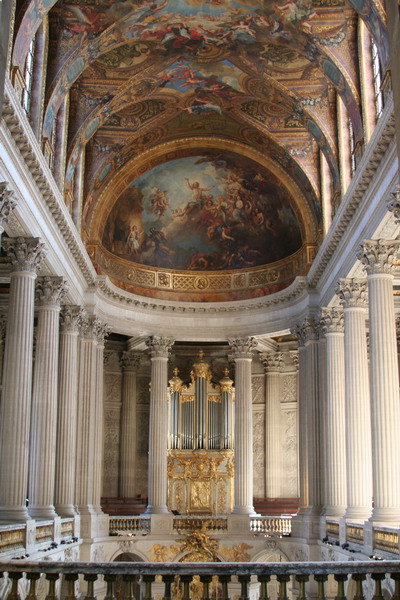
Here is the bust of the Sun King himself. He was revealed in this piece of marble by the great Bernini.
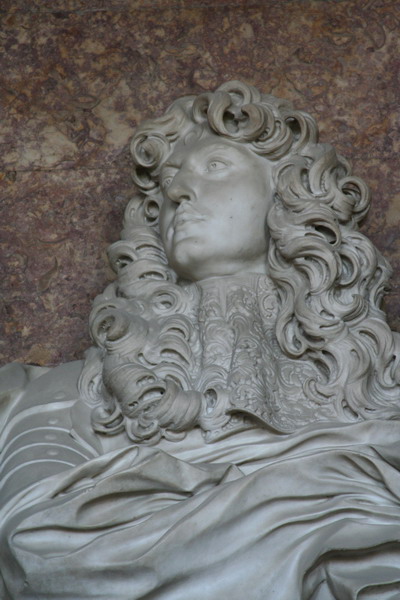
The rooms of the chateau were stunning.
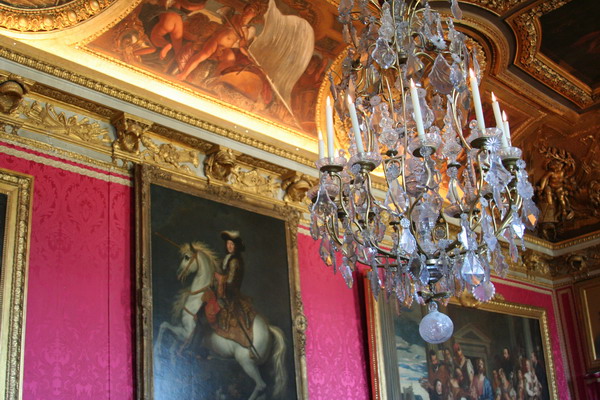
In 1678 the back terrace was turned into the most famous (and grand) room, the Hall of Mirrors. To give you an idea of the scale, it measures 250 feet long by 35 feet wide and 40 feet high. Its massive proportions are added to by it’s historic significance. In 1919, Germany signed the Treaty of Versailles which ended World War I.
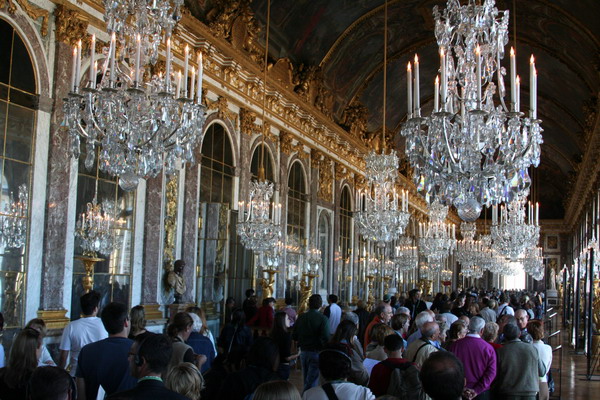
The artwork adorning the walls is often of the royal family. In this case, it’s the infamous Marie-Antionette and her children. Pictured are her eldest daughter, Madame Royale, the Dauphin (AKA heir apparent), Louis-Joseph (born in 1781), stands next to her while the third child (the future Louis XVII, born in 1785) is on her knees. This was painted a mere 6 years before the start of the French revolution. In some ways, the queen began the bloody revolution. However, the much-attributed phrase, “Let them eat cake” was probably not even uttered by Queen Marie-Antoinette (although it may have been). Similar to the way the Boston tea Party united the American colonies against the British, a certain diamond necklace united the French proletariat against the aristocrats and monarchy.
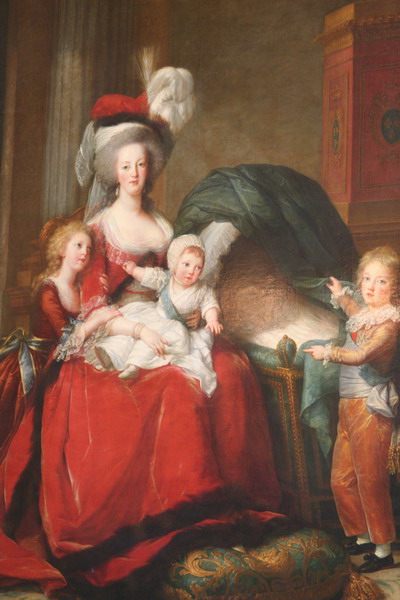
Here’s the story of the necklace and the queen: there is a young noble woman (on the verge of bankruptcy) who plays two men’s belief (the Cardinal of France and a jeweler) that she has the favor of the queen (Marie-Antoinette). So, she convinces the Cardinal to buy a 2,800 carat diamond necklace from the jeweler, give it to the noble woman, who would then (supposedly) give it to the queen. The idea was that the cardinal would then be able to gain the queens favor with this gift. Unfortunately, the necklace never made it to the queen and when she got the bill, the pieces fell into place. She and her husband Louis XVI, were furious with the cardinal and his disrespect. So, they demanded a public trial. Unfortunately, the cardinal was acquitted, but the noble woman was found guilty, flogged and imprisoned. However, since the jury had rebuked the French sovereign (a new precedent), it in fact marked a turning point and signaled the impending revolution.
Now, here is the view from the back of the chateau, overlooking the immense gardens.
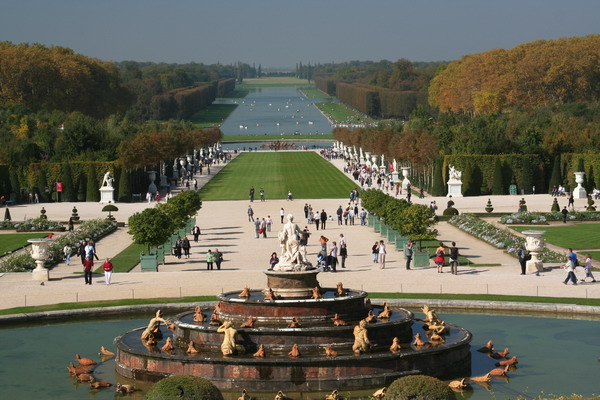
Here is the view back to the chateau.
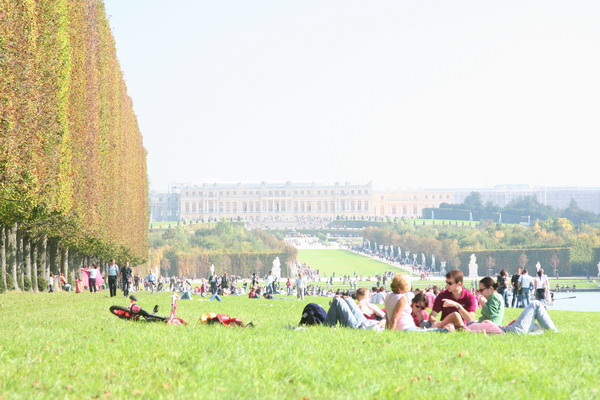
Next stop was the Panthéon in the Latin Quarter (just up the street from our hotel). It began as a church to St Genevieve, but has become a burial place for famous/influential French. One of the more interesting residents is Voltaire. Here is his crypt.
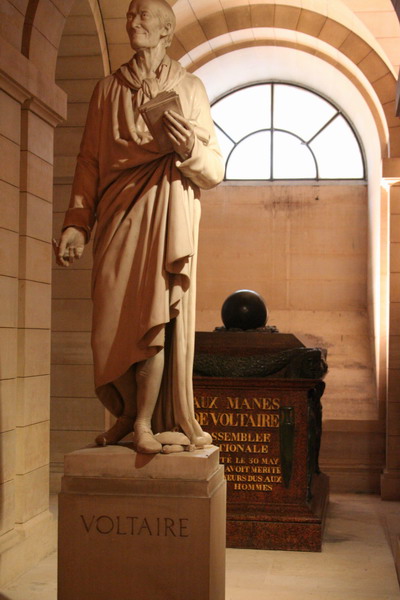
Here is the inside of the Panthéon, with my favorite touring partner.
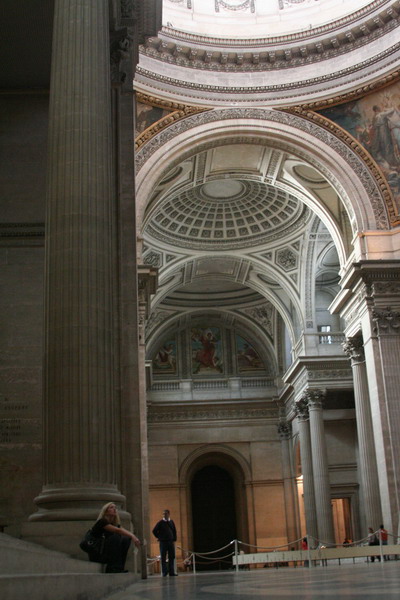
Also housed inside is something called a Foucault Pendulum. This was a device conceived by the French scientist of the same name in 1851 who wanted to physically prove the rotation of the earth (although that was already commonly accepted knowledge). His experiment was to mount a weight at the end of a long wire, release it and watch as the weighted bob moved a known amount with each passing arc, proving the Earth rotated underneath the swinging weight. This created quite a fervor in both the academic and and layman worlds. It was tangible proof that the Earth rotates in an easy to set up experiment.
As a side note, if you perform this experiment at the poles, the bob will trace a complete circle in the 24 hours the Earth make one complete revolution. Here, it went just over 270 degrees each day. You can see, it’s just about 5 PM in this picture.
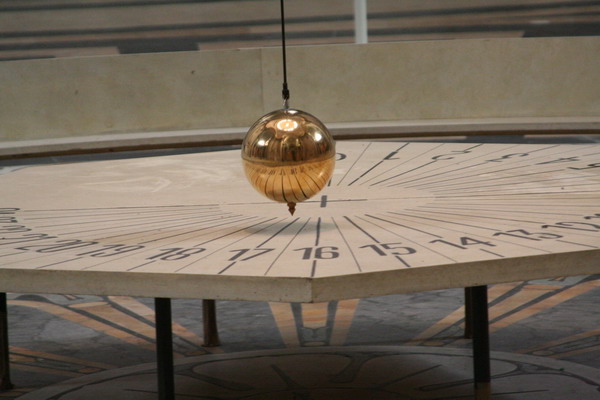
As night falls in the city of romance, the lights come on to illuminate sight like the stunning Notre Dame. Construction took about 200 years, but was finally completed around 1250.
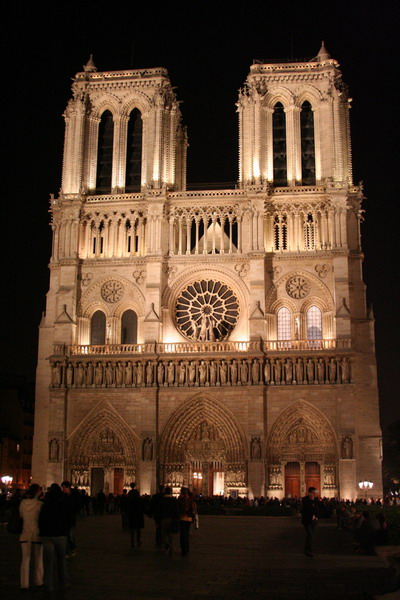
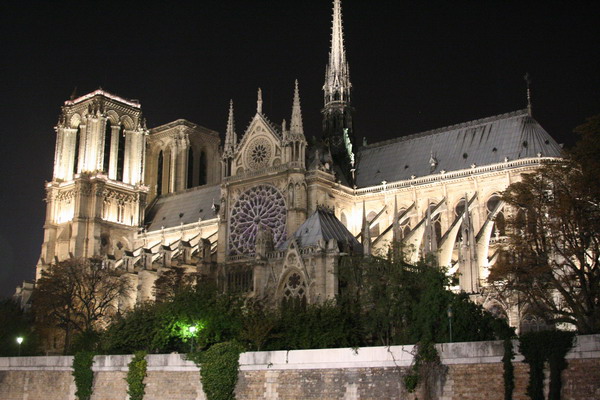
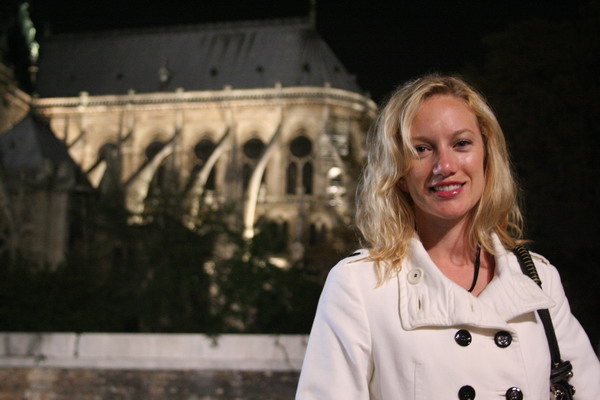
The metro is a great way to get from site to site in the city.
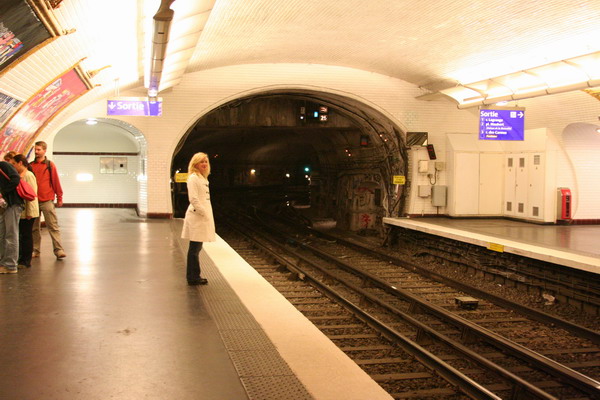
We also decided to go back to a couple familiar, but never common sites that are great after dark. The first is of course, the Arc de Triomphe.
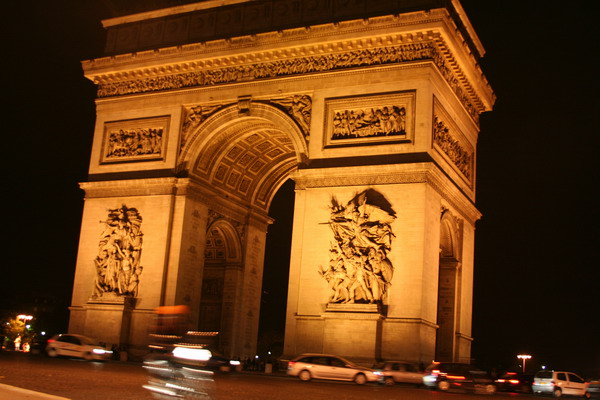
This relief is called the Departure of the Volunteers of 1792, or commonly La Marseillaise. This is interesting because it’s a unique sculpture where Liberty is cheering on the French people to rid themselves of tyranny. Also, the French national anthem is La Marseillaise and its lyrics are very similar to the emotion seen in this sculpture.
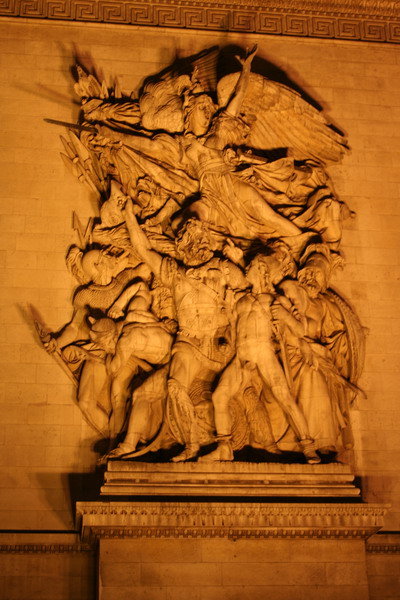
This time, we decided to visit the small museum in the top and go out to view the city from the top of the landmark where all roads converge.
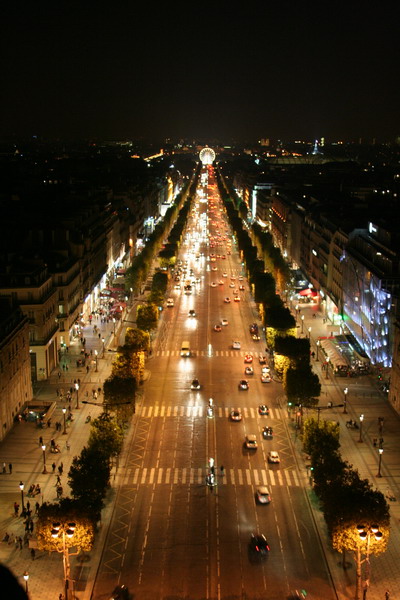
Then, over to the quintessential monument to late 19th century French engineering.
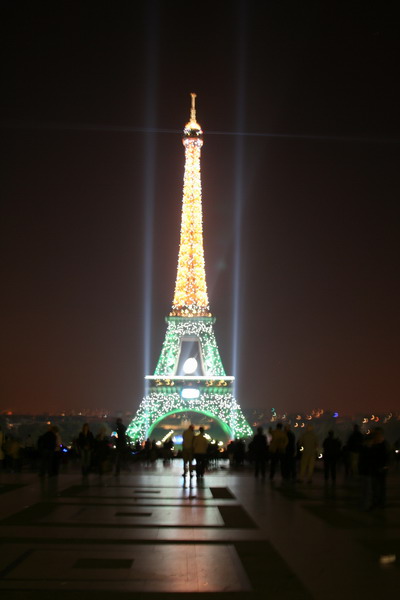
A view from the second floor of the tower.
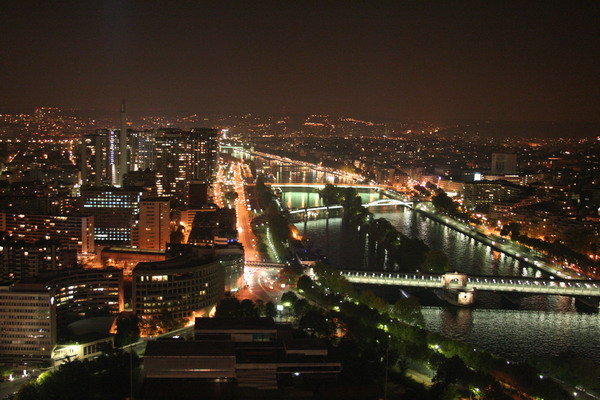
This is from 400′, looking up to the 1,000′ peak of the tower.
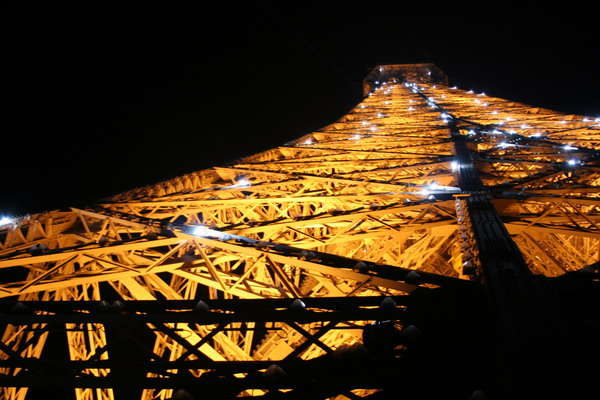
Reflecting back on the beauty of this landmark.
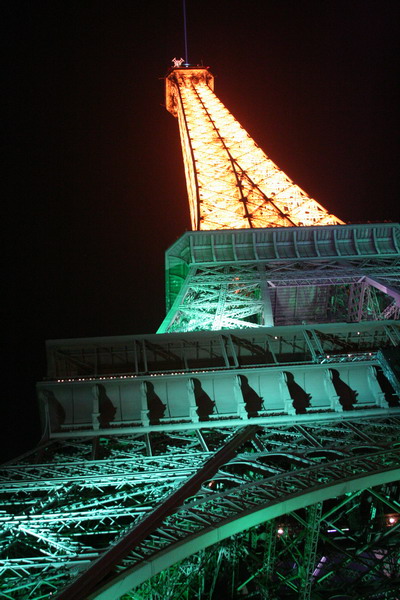
Yet again, we fell in love with the city. It was a great way to complete our re-connection time together, in the city of romance, love and science.
But, now we must wait a little while before traveling again.
So, until then.
–Jim
Venice, Italy
For our first “real” trip together again, we chose to visit the ultra-romantic city of Venice to get re-acquainted.
Although much acclaimed in history and pop culture, Venice is a relatively small town with only 65,000 people living in the city that is shaped like a fish. Our hotel was conveniently located near where the dorsal fin would be. However, since Venice is more like a town than city, everything is close.
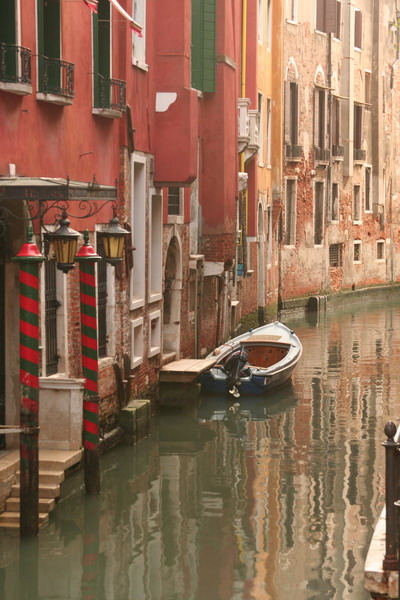
We spent a lot of time cruising on the vaprettos (like a water borne bus), or just wandering around. We thought the best part of Venice was simply taking it in as we passed from canal to canal surrounded by beautiful architecture.
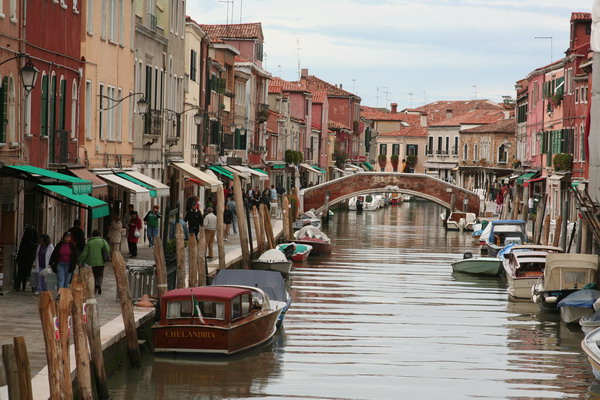
Of course, the gondolas were everywhere.
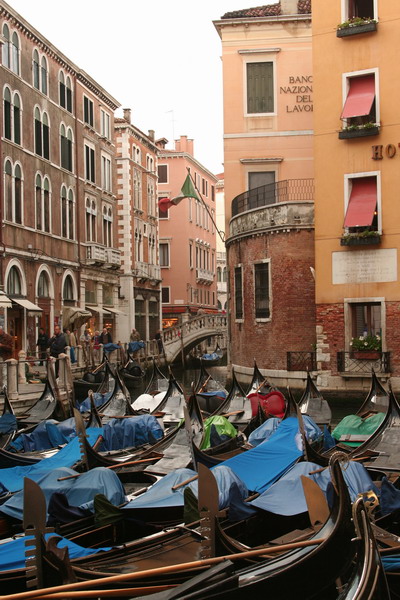
There is no real significance to these buildings. I just liked the way they look.
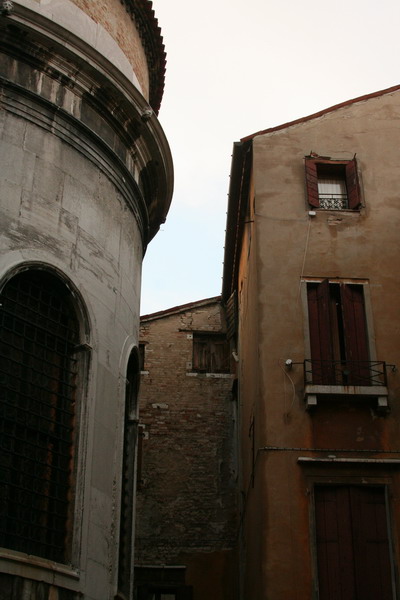
Saint Mark’s Square is probably the most famous landmark in Venice. There are a number of interesting museums in addition to the large church and bell tower you see in this picture. The building on the far right is the Doge’s Palace. Venice was an autonomous city-state for over 1,000 years, and this is where the elected leader lived and conducted business. Venetian government uses an interesting method. There is a grand council of noble or aristocratic families that elect 120 senators. Those 120 elect 1 man to be the Doge (or Duke) for life. He is the nominal leader of the city. However, his power was checked by a number of bodies, like the Council of Ten. This group decided pretty much on everything from foreign relations to financial matters. They were important all the way until 1797 when Napoleon conquered the city and dissolved the council.
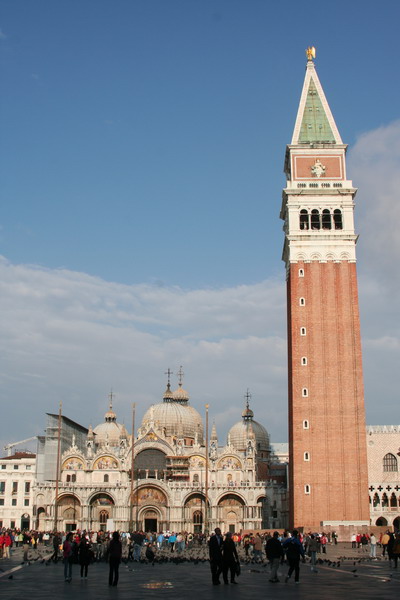
The pigeons of St Mark’s square are almost as famous as the buildings. They have gotten VERY used to being fed by the tourists.
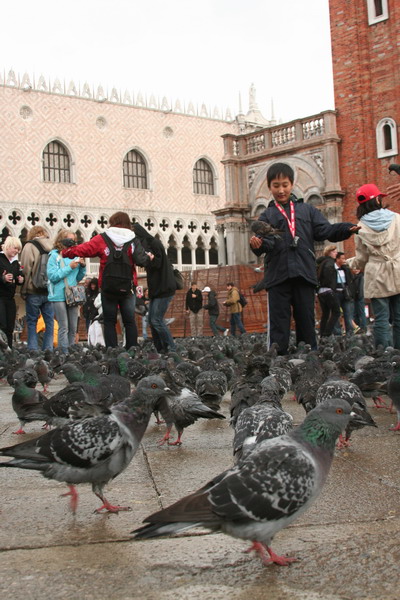
A bag of bird food provides much entertainment (not to mention amusement for those nearby).
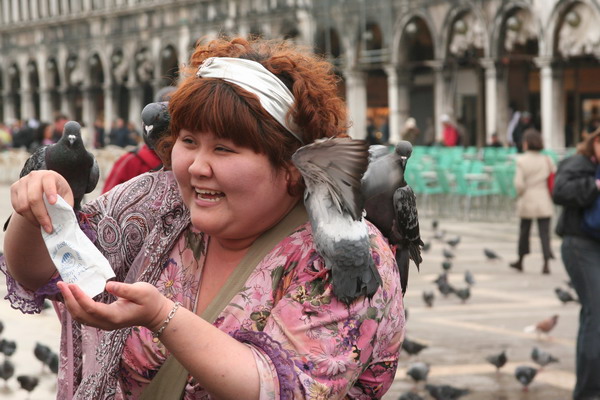

They have gotten so used to interacting with humans that even if you don’t have any food, they will land right on you.
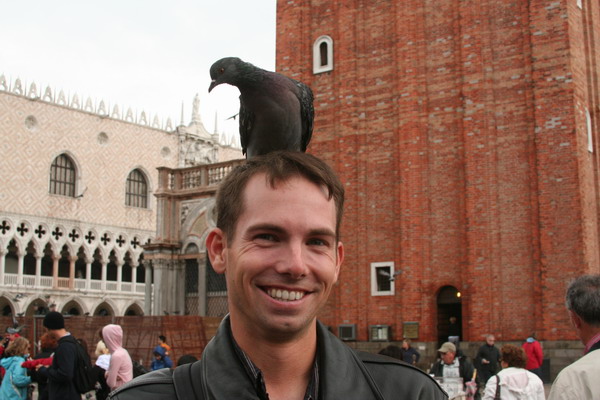
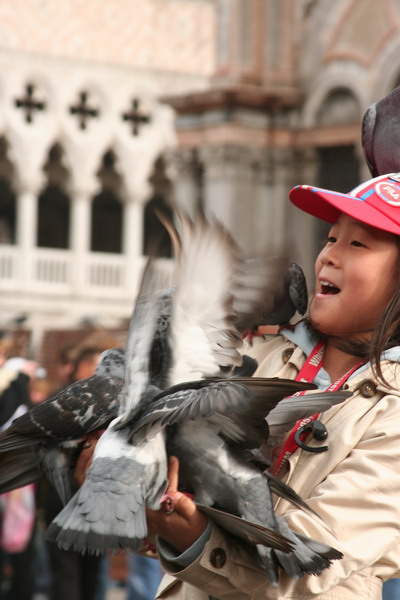
More gondolas.
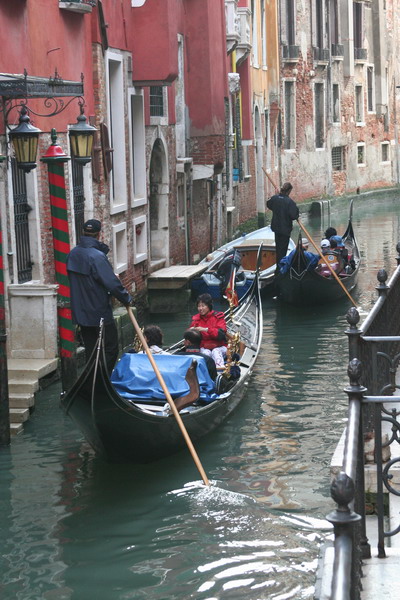
This image is the Grand Canal. It is Venice’s aqueous main street.
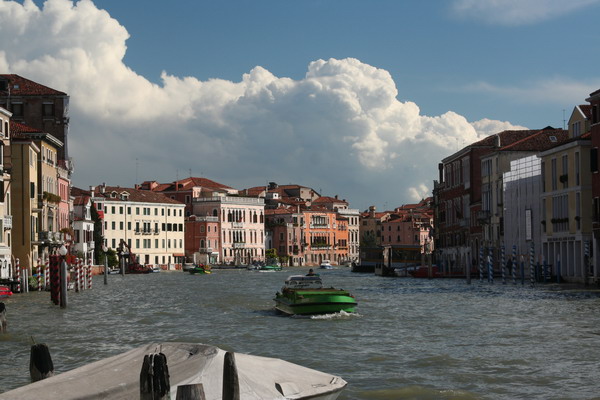
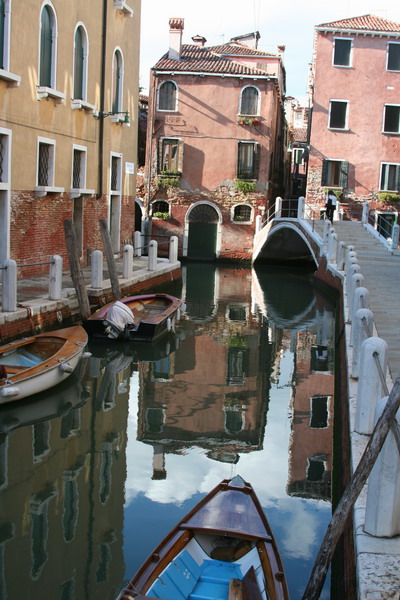
Some of the streets run right into the canals.
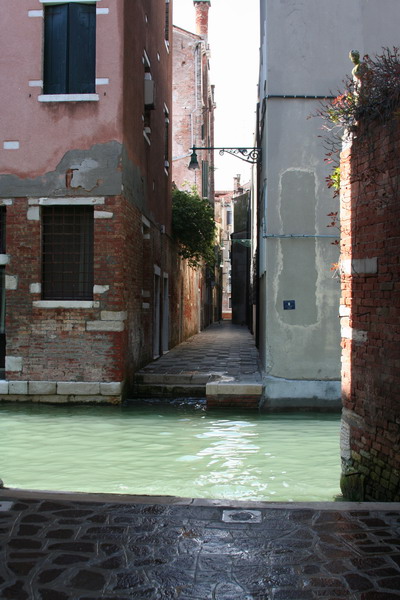
More canals and gondolas.
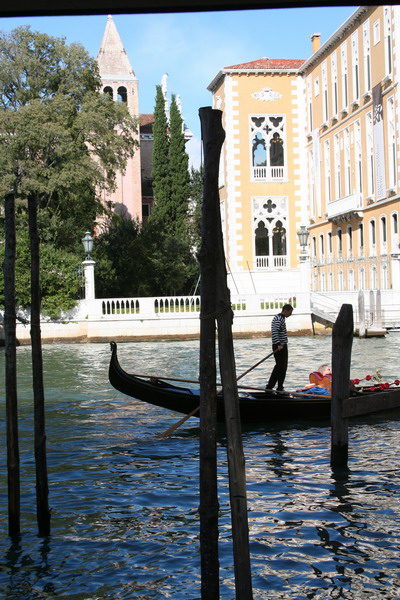
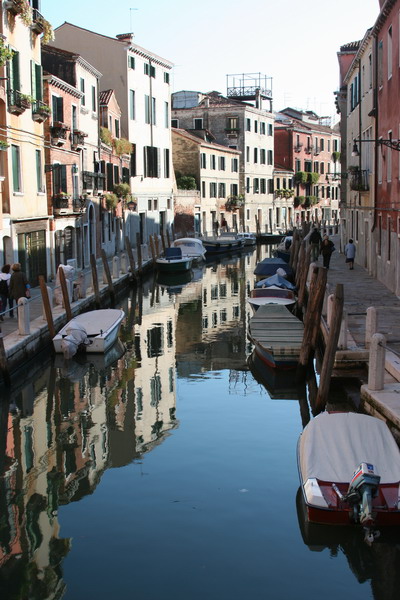
Creating glass has been a part of Venice almost since it’s inception. However at the end of the 13th century, the industry moved to the island of Murano to lessen the risk of a catastrophic fire in the city center.
We decided to hop on a ferry and check out the world-renowned Murano glass. It did not disappoint. Here are a couple images from a glass factory. The master in charge (on the right) spent 25 years learning the trade before he was even considered to be a master.
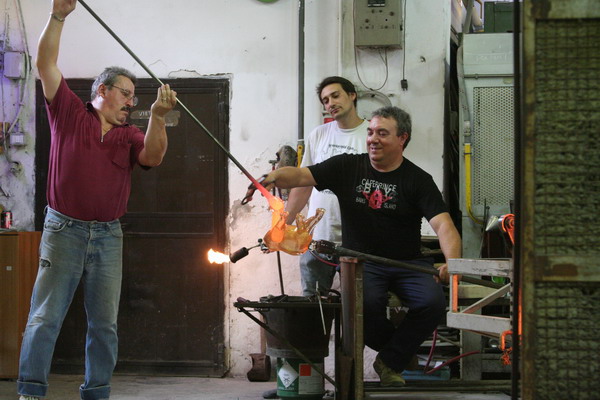
The glass objects they produce are truly works of art.
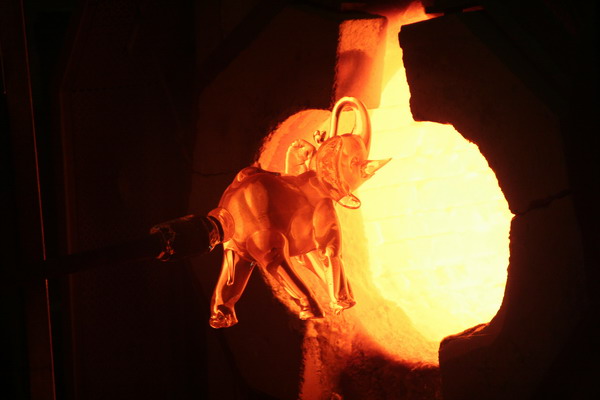
Back in the grand canal, gondoliers continue to paddle love-struck tourists around.

Some came complete with a serenade.
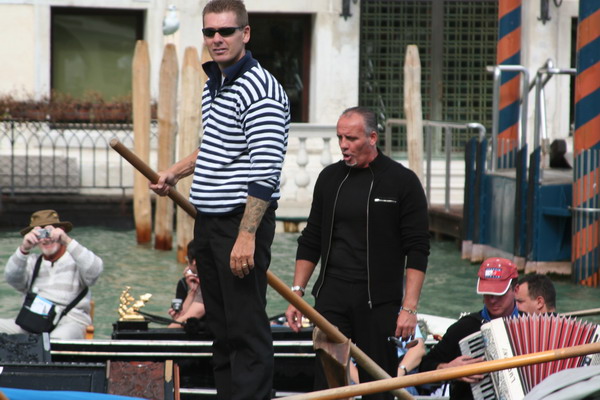
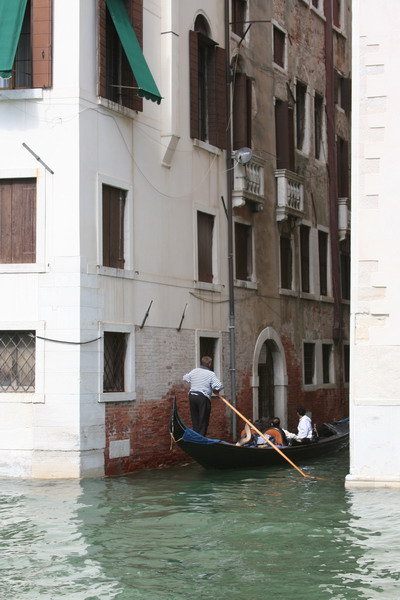
This is the Rialto Bridge. It is another architectural landmark of the city. This is the third bridge in this location, completed in 1591. The two earlier bridges were wooden and could open to permit passage of large ships. However, since this 160 foot stone span was built to last, that accommodation ended. Nevertheless, Rialto continues to be the commercial district of Venice.
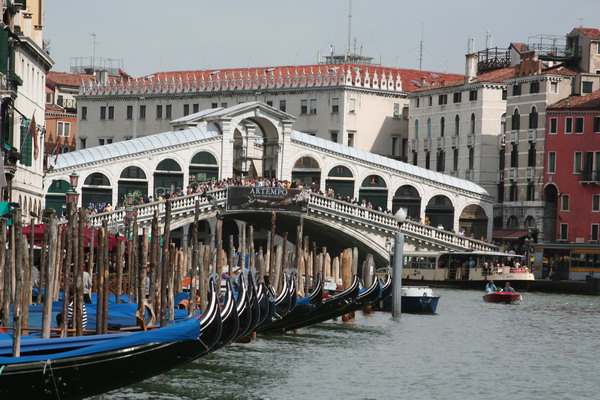
Another gondolier.

Since Venice is as close to sea level as you can get, it is very affected by tides and changing water levels. Unfortunately, in addition to the rising sea levels that are much touted in the media these days (the actual magnitude of that rise is debatable), the foundations of the city have sunk several inches AND the local tide levels have increased several inches. So, the combination of all three of those factors means that the city of canals deals with flooding on a regular basis. This is just a small example of what is happening.
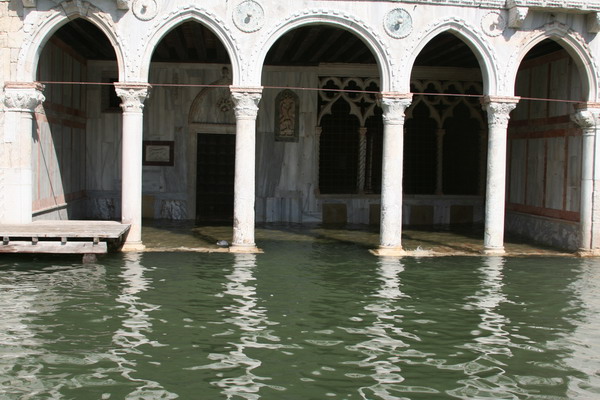
Venice by night is an experience all romantics need to have. It is simply amazing.
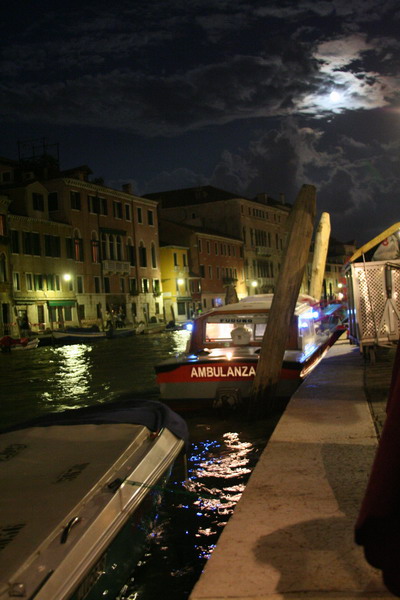
The great violin virtuoso and composer, Antonio Vivaldi called Venice home. Now, musicians pay homage daily and his familiar tunes can be heard in a number of concert halls every night. We chose to hear a well played rendition of his “Four Seasons.” Anna and I decided that Fall was our favorite season.
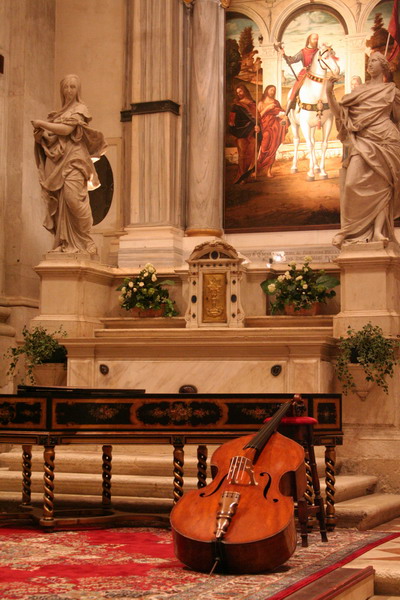
Images from a couple of nearby restaurants.
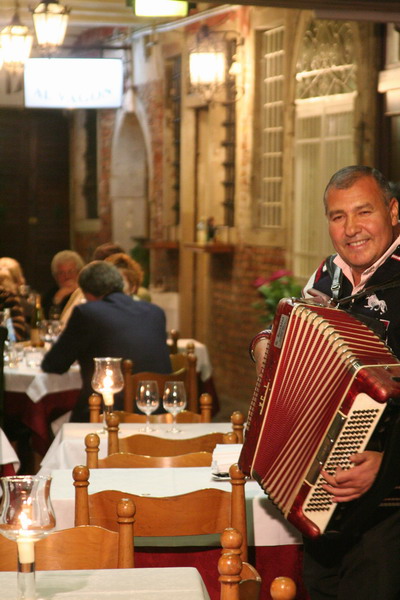
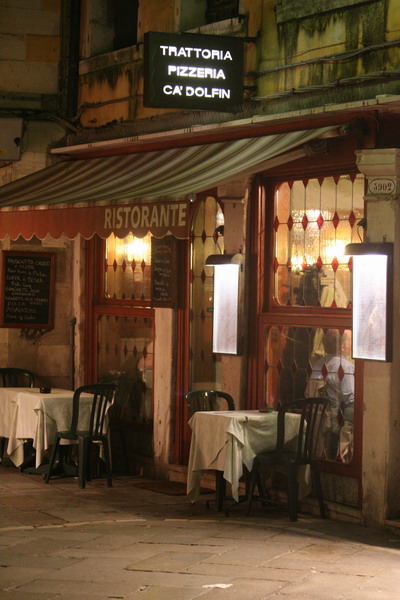
This is the view at night from the Rialto bridge. Everything becomes triply romantic in the city after dark.
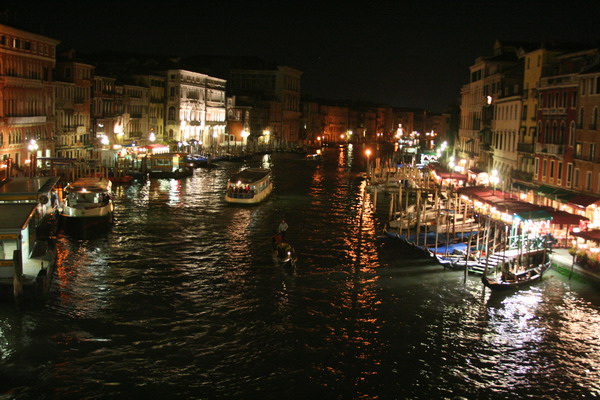
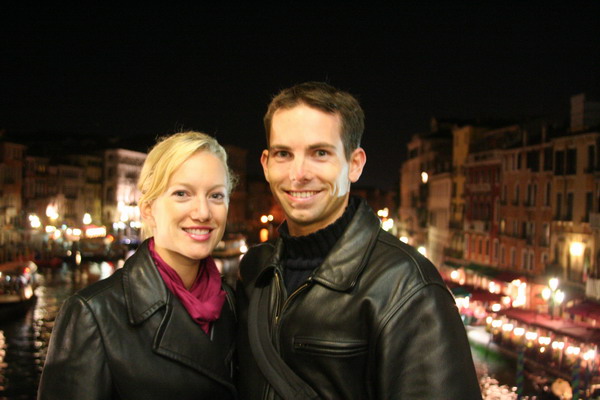
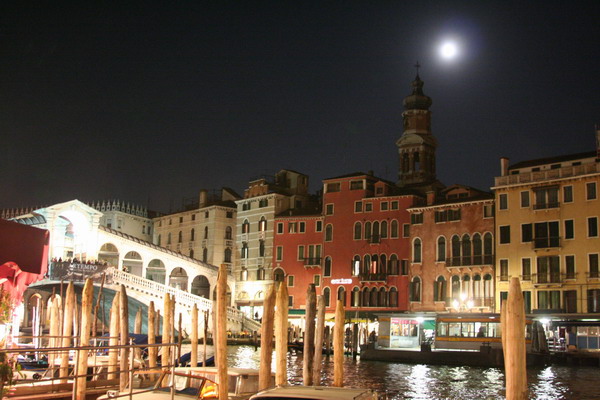
Anna didn’t have a hard time finding gelato she liked.
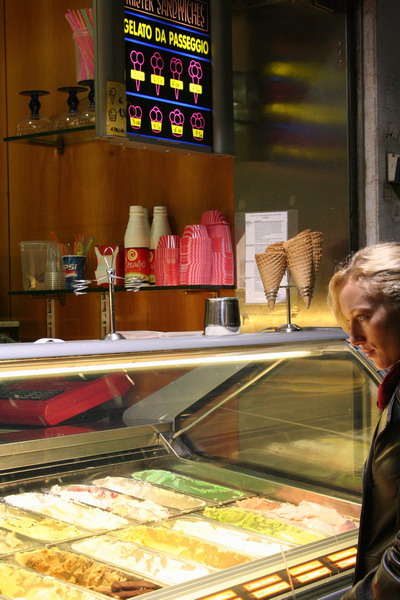
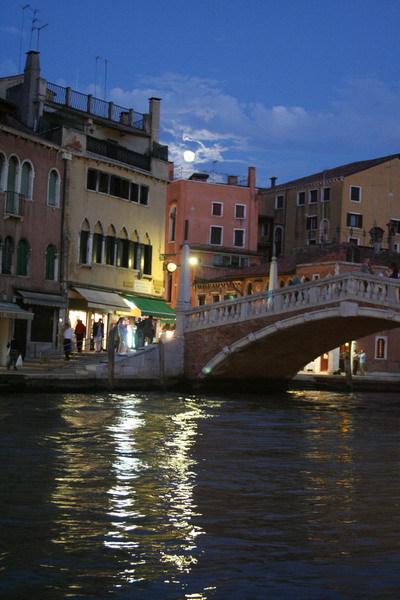
That concludes our visit to the romantic city of Venice. It was a great place to get close again.
I am finishing this post from our hotel in Paris. So, soon I will have the next installment of our romantic adventures in Europe.
Until then…
–Jim
